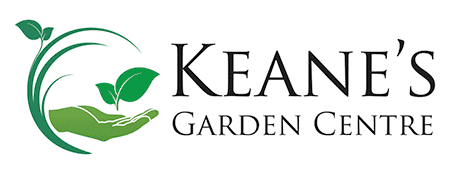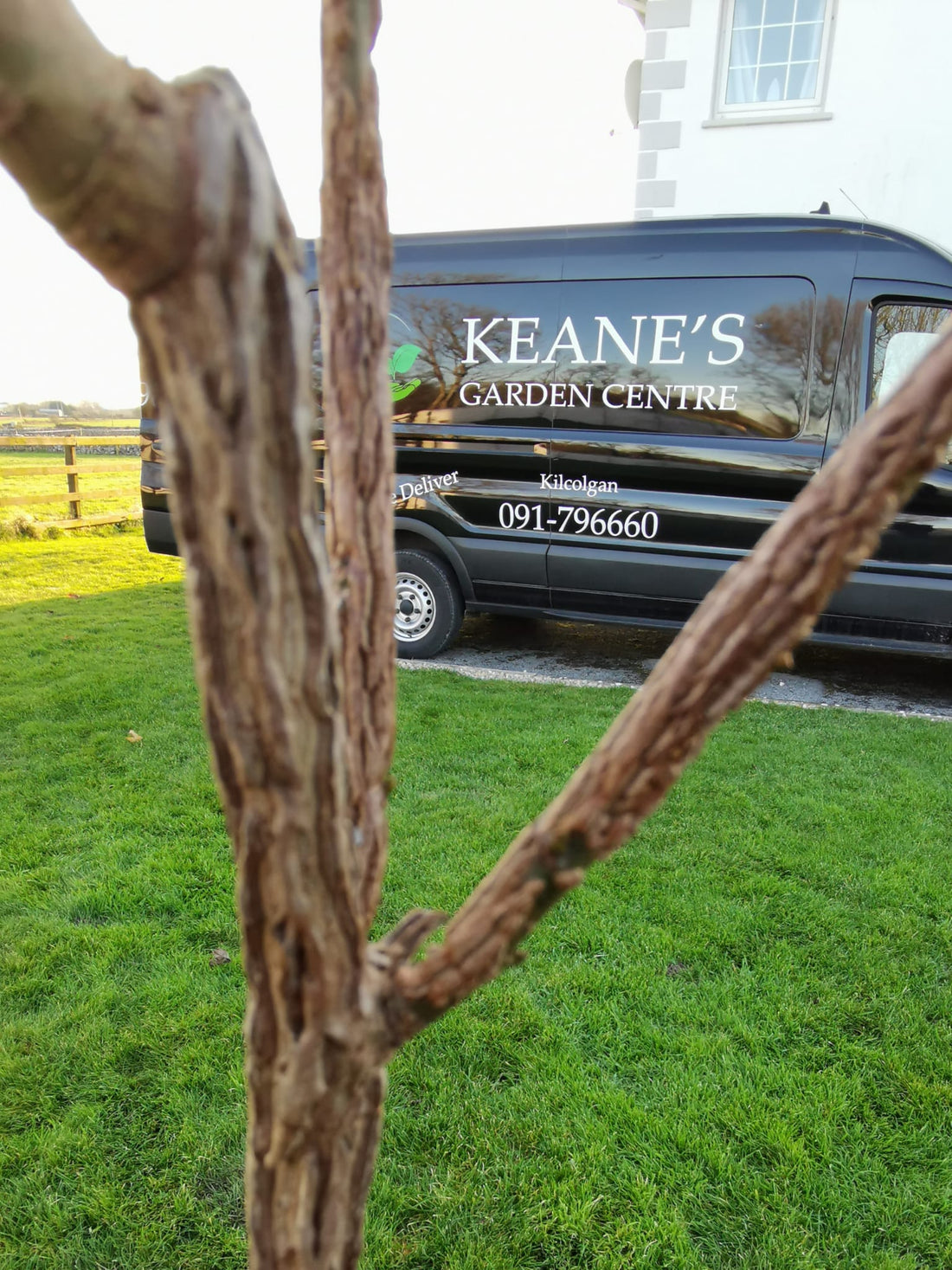Native trees have been part of our surroundings since the ice-age and have therefore become accustomed and have developed to suit their environment and they support lots of wildlife large and small and have many benefits from providing us with shelter from wind and rain, protecting soils and adding beauty to our scenery with blossoms, berries and colour. Trees and hedges also make a great contribution to combating climate change by absorbing carbon dioxide and producing oxygen. We have around 28 native species in Ireland and lots of varieties that have been introduced to Ireland and have become somewhat naturalised, such as Beech, Sycamore, Horse Chestnut, Spruce, Larch adding to a rich, diverse range of plants that have become part of our landscape. Amongst the most popular of the native varieties is Hawthorn which grows in hedges throughout our countryside. Beautiful sweet smelling blossoms in May are a standout feature in the fields around the country and in Autumn and Winter the deep red haws or berries colour the bare twigs which are a real favorite for the birds, particularly the Blackbird. It makes a fantastic neat deciduous hedge as it clips well and is often used as a stock proof hedge due to its thorny nature. You can also allow it to grow which allows it to flower and fruit more freely. Hawthorn can often be found near holy wells and it is famous in Irish folklore as the Fairy Tree - it is considered unlucky to cut an old one down. It will grow in most soils and will take wind and coastal exposure.
One of Ireland’s most traditional and widely distributed trees are Alders which can be found in damp areas, beside lakes and along riverbanks, where their strong fibrous roots may help to keep the bank in place. Alder will grow in most soils and likes wet sites. If grown in rich damp soil Alder will grow rapidly and is a productive tree for timber. In ancient Ireland sections of Alder trunks were used as round shields. Later, it was used for making clogs and in the furniture trade where it was known as ‘Irish mahogany’. Because it is resistant to decay when submerged in water, Alder is used to make sluice gates and other structures along streams, rivers and canals so you can see it’s perfectly suited if you have a wet area in your garden where you’d like to plant a tree and are suited to most soils. Guelder Rose or Viburnum Opulus is another native tree or large shrub often seen in country hedgerows. It has maple-like leaves and beautiful white lace-cap flowers in the Spring, followed by clusters of translucent red berries in early Autumn. It is a great addition to a wildlife fruiting hedgerow. Grows best in a sunny spot, tolerates exposed conditions and is fully hardy. Hazel is another native Irish tree, once believed to be the tree of knowledge, it’s a large, deciduous shrub or small tree with a spreading, bushy habit. The large leaves are broad with a serrated edge, and turn yellow in Autumn. The long, yellow male catkins appear in January and February; although the tiny, red-styled female flowers appear on the same tree, they must be pollinated by wind-blown pollen from another tree. From September, the hazel-nuts appear, covered in a frilly green husk; they are delicious, and very nutritious – high in protein, minerals and Vitamin E. Hazel nuts are one of the foods associated with the very earliest human settlements in Ireland where hazel was also used for its strong flexible timber to make huts. Hazel scrub woodland covers extensive areas of limestone, particularly on the Burren areas of North Clare. Crab apple is a wild ancestor of the cultivated apple with sweetly-scented, pink-white blossom in Spring and the apples provide an Autumn feature in the garden, as well as a useful crop. A truly native species found in old woodland and is found in hedgerows throughout the country. The flowers are a good source of early pollen and nectar for insects, particularly bees. Crab apples can be grown as free-standing trees, or are excellent as part of a fruiting hedge and are hardy and can take exposed sites. So that’s just a selection of some of our native trees and shrubs and if you’re interested we can put together a native bundle for you and you can add some of these wonderful plants to your garden
A few jobs for the week ahead;
- With the cold weather to stick around for a while keep an eye out for the birds in your garden - keep bird feeders filled and top them all up with seed, peanuts, sunflower hearts, nyjer seed or high energy fat balls.
- If you have any dormant plants that are in the wrong place and need moving now is the time to move them to a more suitable place before they wake up from their Winter sleep
- You can use a greenhouse fumigator or smoke bomb to clean out your glass house or polytunnel from any unwelcome insect pests before you start planting up for the season - easy to use each fumigator will cover around 8m2 up to 120m2 depending on what you need to get rid of.
- New seeds, bulbs and seed potatoes will be arriving in garden centres perhaps start planning and selecting varieties to grow this Spring

